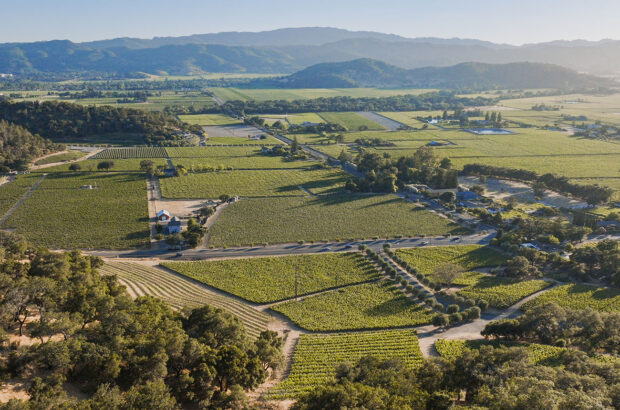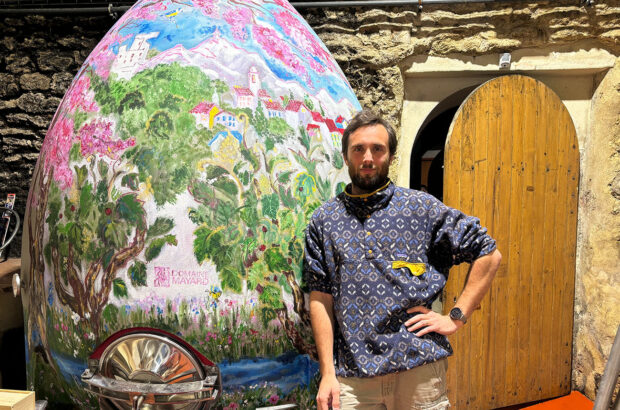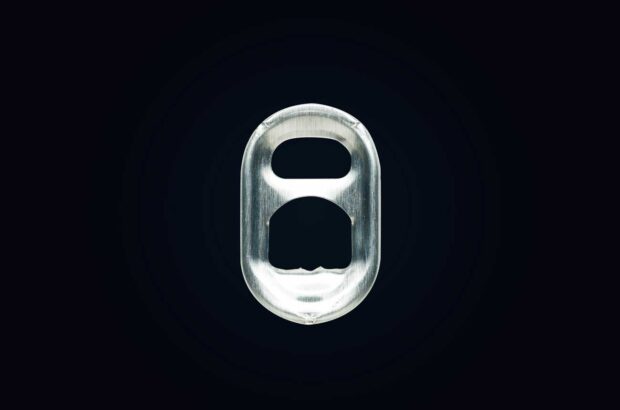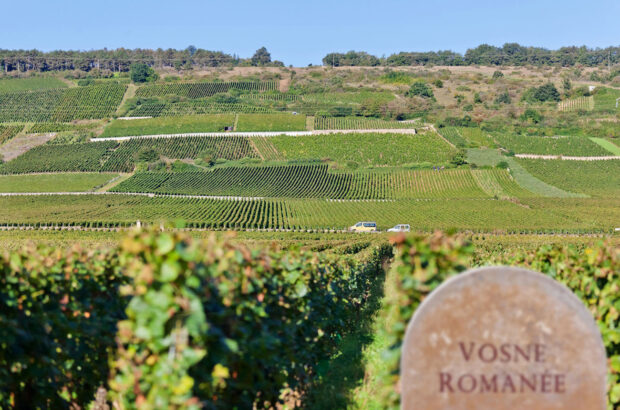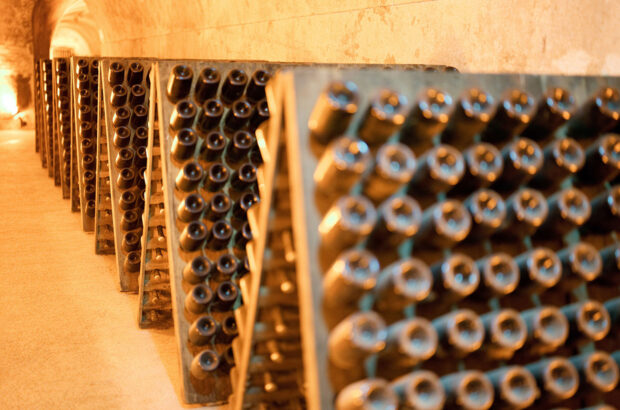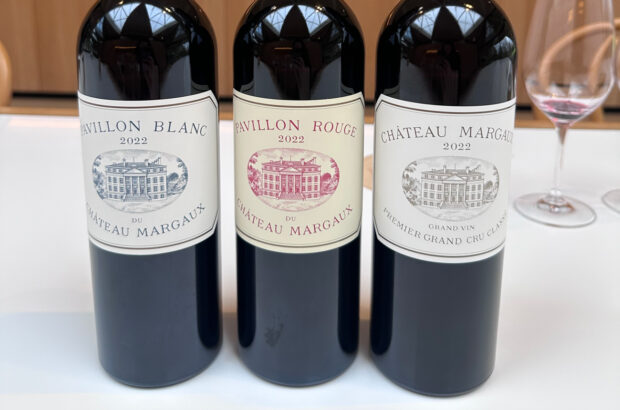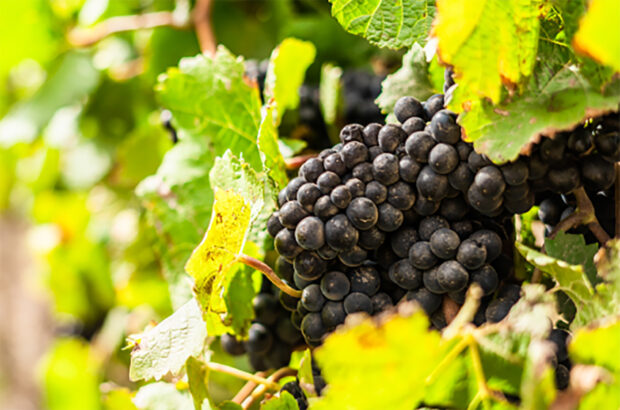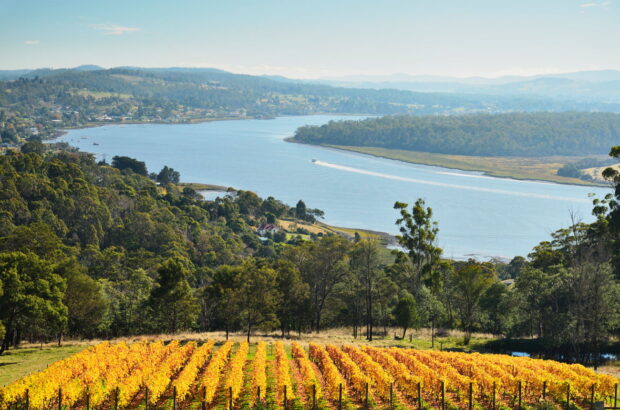In these days of single-varietal familiar wines, how difficult can it be to find out about one particular grape? Very difficult, actually. Torrontés has been discovered by the Argentinians but, it appears, nobody else has taken the time or effort. So where did it come from? Again, except for a handful of specialist writers, nobody has anything to declare. One lone Spanish volume contains the following short entry: ‘Torrontés is a white variety originally from Galicia which yields wines with little body and good acidity, great personality and intense flavour. This grape is planted in Galicia and Cordoba.’
Great personality huh? Perhaps it’s worth seeking out after all. Torrontés was once quite widely grown in the region of Galicia in northwest Spain, just above Portugal. According to Spanish wine expert Gerry Dawes, in the 1400s and 1500s the town of Ribadavia was well known for its Torrontés, which sold for high prices in Europe. The grape’s next brush with fame (decades and centuries of obscurity later) came in the 1980s with the discovery of Rías Baixas. Torrontés caught a glimmer of the spotlight as it sat in the Rías Baixas blend alongside the much-vaunted Albariño, but this brush with the high life didn’t last long. The Spanish and British adoration for Albariño soon meant that Torrontés was no longer required, and although traditionalists stood firm in believing Rías Baixas to be far better and more complex with the full complement of grapes, the modern view held that Albariño was better on its own. Today Spanish Torrontés has been relegated almost solely to the wines of Ribeira.The apex of Torrontal achievement in Spain today is its contribution as 3% of the blend for Viña Mein, one of the top wines currently available from the DO. The Cooperativa Vinícola do Ribeiro in Ribadavia has about 75 hectares (ha) of Torrontés planted, but this is only some 12% of its total – compared to 310ha of Palomino and 60ha of higher quality Treixadura. Optimists are still looking forward to an Albariño-style usurping trick, with Torrontés obscuring the boring Palomino (bland grape of Jerez fame) in the region and squeezing past Treixadura in its pursuit of acclaim. Frankly though, it’s better off packing its bags and going elsewhere. Leaving behind Albillo, Loureiro, Godello, Lado, Treixadura and its other blend partners to head for Argentina is probably the best thing that Torrontés could have done. Over there, they really do love it. Despite the fact that Torrontés in Argentina may not be the same as Torrontés in Spain, it’s amazing to see a namesake keeping Chardonnay and Sauvignon so well in the Andean shade.
People began to notice Torrontés in Argentina in the 1970s, when improved quality controls filtered into the wineries and vineyards. Torrontés needs cool fermentation to preserve its amazing flavours – the stewing temperatures of pre-stainless steel would have wiped out its powerful aromatics in one hot afternoon – so it remained a workhorse blender until things got ‘cleaner’. It actually arrived in Argentina a long time before this. Some people say it came with the Jesuit missions of the 1500s, others with Spanish conquerors in the 1800s, but again nobody knows. What they first noticed was its distinctively aromatic character (peachy to some, Muscaty/grapey to others), and its heady and attractive nature. In weight and mouthfeel it’s not unlike an Alsace wine, with crispness and richness at the same time. What they next realised was that at higher yields, these qualities quickly vanished and the wine turned bland and boring – care was needed to curtail vigorous vines. Victor Marcantoni of Etchart explains: ‘One of the secrets of Torrontés is harmony in the vineyard. It’s grown in all the Argentine viticultural regions and the quality improves from south to north as conditions become cooler and growth less prolific.’ At Etchart, pruning, irrigation and fertilising is oriented towards controlling yields and Marcantoni feels it is crucial to have a close control of the leaves in order to keep the right balance of integral ripeness, avoiding bland fruit as well as anything that would make the grapes taste tart and herbal. Harvesting is manual at Etchart (from low-trained vines, where many growers still have pergolas) and grapes are transported to the winery in small containers to avoid breakage.
In the winery, Torrontés responds well to cool temperatures. Fermentation is at 15-18?C over roughly 15 days and racking is carried out at low temperatures, too. A little lees contact is generally allowed, but most winemakers prefer to let the authentic flavours of the grape show through without embellishment from yeast or oak. The winemaking also depends on terroir. In Mendoza, Argentina’s biggest wine Characteristics
White grape, light bodied, and with crisp acidity; on the nose and palate it is distinctively flavoured and perfumed. Related to Muscat. Needs cool fermentation and low yields.
In Spain
Originates in Galicia, most important in the Ribeira region. Used in blends in much of Spain, but only as a minor variety.
Wine regions: Spain
In Argentina
Best when grown at altitude, particularly in the high 1,700m vineyards of Cafayete, in northern Salta province.
Wines of Argentina
With food
The grape copes well with strong flavours such as asparagus and is perfect with fish, seafood, prawns or chicken. Cuts through cream sauces and cheese.



